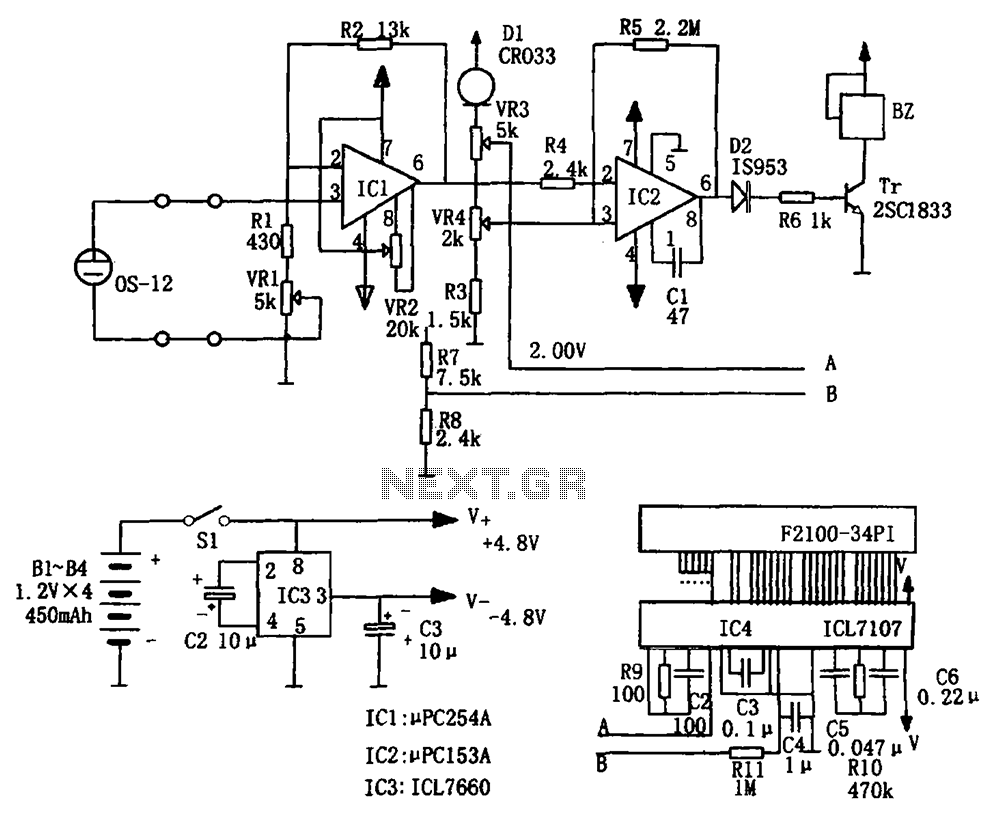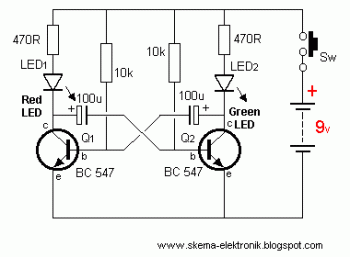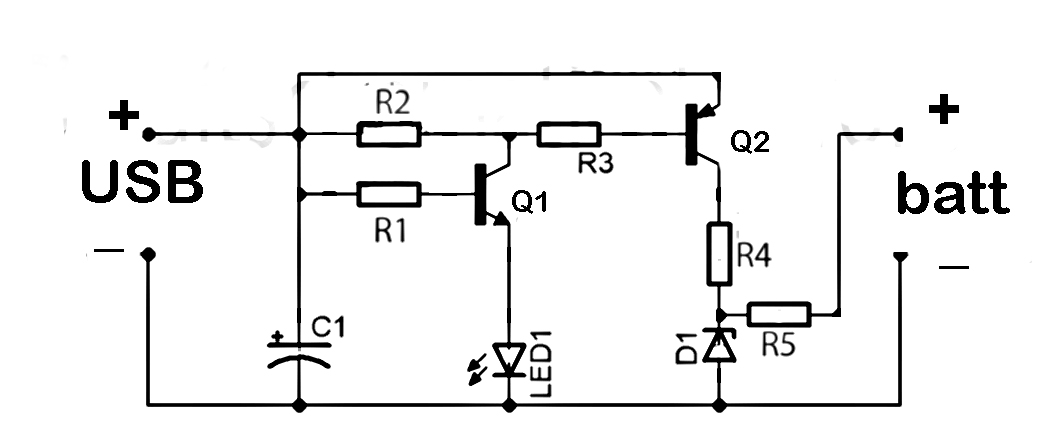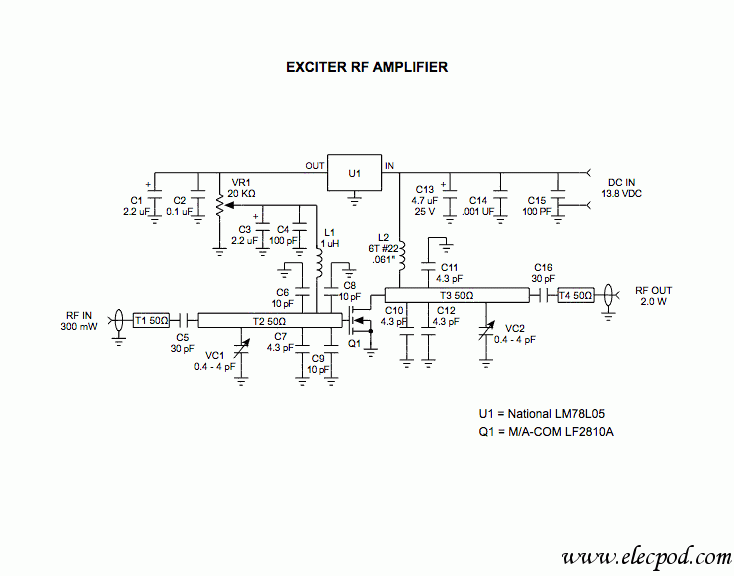
Portable hypoxia monitoring circuit ICL7660 PC254A PC153A

The portable hypoxia monitoring circuit comprises the oxygen sensor OS-12, a DC amplifier IC1, an A/D converter IC4, and a liquid crystal display F2100-34PI. Additionally, it includes a voltage comparator IC2 and a positive and negative power converter IC, along with other components. The OS-12, a galvanic cell type oxygen sensor, detects oxygen in the air and outputs a signal of approximately 50mV, providing a linear output across a range of 0 to 100% oxygen concentration. This output is fed into the A/D converter for accurate digital display of oxygen concentration. The DC amplifier IC1 amplifies the sensor's output signal by up to 8 times. The amplified signal is processed by the A/D converter IC4 (ICL7107 type), which directly drives the liquid crystal display F2100-34PI, presenting the digital representation of oxygen concentration. The ICL7107 is a 3.5-digit A/D converter that, when combined with an LED display, reduces current consumption to approximately 1mA. A constant current diode D1 serves as the reference voltage for the A/D converter. The CR033 utilizes the constant current characteristics of a FET element, providing a current of 330 µA with a near-zero temperature coefficient. The voltage comparator IC2 uses the reference voltage from D1 to detect when oxygen concentration falls below 18%, triggering a low oxygen concentration alarm. IC3 functions as a power converter, providing a low leakage current from the positive to the negative supply. This circuit can be powered by 4 NiCd batteries rated at 450mA, allowing for continuous operation for up to 100 hours. The design is suitable for monitoring oxygen concentration in environments such as underground tunnels and caves, thereby helping to prevent hypoxia-related accidents.
The portable hypoxia monitoring circuit is designed to provide a reliable and efficient means of measuring oxygen levels in environments where oxygen depletion may pose a risk to safety. The OS-12 galvanic cell oxygen sensor is the core component, known for its ability to deliver a stable output signal that is directly proportional to the concentration of oxygen in the air. This sensor's output is relatively low at around 50mV, necessitating amplification for effective processing. The DC amplifier IC1 plays a critical role in enhancing the signal strength, allowing for a more robust input to the A/D converter.
The ICL7107 A/D converter is a key element in this circuit, converting the analog signal from the amplifier into a digital format suitable for display. Its design facilitates a low power consumption mode, making it ideal for battery-operated devices. The integration of the liquid crystal display F2100-34PI provides a clear visual representation of the oxygen concentration, enabling users to monitor levels at a glance.
The voltage comparator IC2 is essential for safety, as it continuously monitors the output from the reference voltage diode D1. When oxygen levels drop below the critical threshold of 18%, the comparator triggers an alarm, alerting users to the potentially hazardous condition. This feature is particularly valuable in confined spaces where oxygen levels can fluctuate rapidly.
The power management aspect of the circuit is managed by IC3, which ensures that the device operates efficiently with minimal leakage current, thereby extending battery life. The use of 4 NiCd batteries not only supports long operational periods but also ensures that the device remains portable and easy to use in various environments.
Overall, this portable hypoxia monitoring circuit is a sophisticated solution for ensuring safety in low-oxygen environments, combining precision sensing, efficient amplification, accurate digital conversion, and user-friendly display technology. As shown in FIG portable hypoxia monitoring circuit. The circuit consists of the oxygen sensor OS-12, DC amplifier IC1, A/D converter IC4, a liquid crystal display F2100-34PI, the voltage comparator IC2, the positive and negative power converter IC. And other components. OS-12 for the galvanic cell type oxygen sensor to detect oxygen in the air may be the output signal of about 50mV, and its linear output from 0 to 100% oxygen concentration range, its output - input A/D converter It can be very accurately with a digital display of the oxygen concentration. IC1 is a DC amplifier, the output signal of the sensor can be expanded up to 8 times. The amplified signal is IC4 (ICL7107 type) after A/D conversion directly driving the liquid crystal display F2100 34PI, with a digital display of oxygen concentration.
ICL7107 is 3.5 chip A/D converter, and the LED display when used in combination, the current consumption can be reduced to about 1mA. It is a constant current diode D1 to A/D-converter reference voltage. CR033 is the use of a constant current characteristic of the FET element, if provided 330 mu A current temperature coefficient close to zero.
Voltage comparator IC2 D1 obtained from the reference voltage, for detecting oxygen concentration of 18% or less, the oxygen concentration is low alarm. IC3 is from the positive supply to the negative supply converter itself low leakage current. Power 4 450mA of NiCd batteries can be used continuously l00h. The circuit can monitor the concentration of oxygen at the bottom of underground tunnels and caves and other workplace to prevent hypoxia accidents.
The portable hypoxia monitoring circuit is designed to provide a reliable and efficient means of measuring oxygen levels in environments where oxygen depletion may pose a risk to safety. The OS-12 galvanic cell oxygen sensor is the core component, known for its ability to deliver a stable output signal that is directly proportional to the concentration of oxygen in the air. This sensor's output is relatively low at around 50mV, necessitating amplification for effective processing. The DC amplifier IC1 plays a critical role in enhancing the signal strength, allowing for a more robust input to the A/D converter.
The ICL7107 A/D converter is a key element in this circuit, converting the analog signal from the amplifier into a digital format suitable for display. Its design facilitates a low power consumption mode, making it ideal for battery-operated devices. The integration of the liquid crystal display F2100-34PI provides a clear visual representation of the oxygen concentration, enabling users to monitor levels at a glance.
The voltage comparator IC2 is essential for safety, as it continuously monitors the output from the reference voltage diode D1. When oxygen levels drop below the critical threshold of 18%, the comparator triggers an alarm, alerting users to the potentially hazardous condition. This feature is particularly valuable in confined spaces where oxygen levels can fluctuate rapidly.
The power management aspect of the circuit is managed by IC3, which ensures that the device operates efficiently with minimal leakage current, thereby extending battery life. The use of 4 NiCd batteries not only supports long operational periods but also ensures that the device remains portable and easy to use in various environments.
Overall, this portable hypoxia monitoring circuit is a sophisticated solution for ensuring safety in low-oxygen environments, combining precision sensing, efficient amplification, accurate digital conversion, and user-friendly display technology. As shown in FIG portable hypoxia monitoring circuit. The circuit consists of the oxygen sensor OS-12, DC amplifier IC1, A/D converter IC4, a liquid crystal display F2100-34PI, the voltage comparator IC2, the positive and negative power converter IC. And other components. OS-12 for the galvanic cell type oxygen sensor to detect oxygen in the air may be the output signal of about 50mV, and its linear output from 0 to 100% oxygen concentration range, its output - input A/D converter It can be very accurately with a digital display of the oxygen concentration. IC1 is a DC amplifier, the output signal of the sensor can be expanded up to 8 times. The amplified signal is IC4 (ICL7107 type) after A/D conversion directly driving the liquid crystal display F2100 34PI, with a digital display of oxygen concentration.
ICL7107 is 3.5 chip A/D converter, and the LED display when used in combination, the current consumption can be reduced to about 1mA. It is a constant current diode D1 to A/D-converter reference voltage. CR033 is the use of a constant current characteristic of the FET element, if provided 330 mu A current temperature coefficient close to zero.
Voltage comparator IC2 D1 obtained from the reference voltage, for detecting oxygen concentration of 18% or less, the oxygen concentration is low alarm. IC3 is from the positive supply to the negative supply converter itself low leakage current. Power 4 450mA of NiCd batteries can be used continuously l00h. The circuit can monitor the concentration of oxygen at the bottom of underground tunnels and caves and other workplace to prevent hypoxia accidents.





